You can’t miss the vast banner emblazoned on the high-rise building overlooking central Vilnius. It reads: PUTIN, THE HAGUE IS WAITING FOR YOU. Not ones to mince their words, the Lithuanians. And neither are the Latvians or Estonians. In the face of an increasingly menacing Kremlin, the Baltic states — on NATO’s front line against Russian aggression — display an in-your-face bravado, which nevertheless overlays a palpable unease about the future.
Many thousands disappeared into its bowels, never to be seen by their families again
The threat posed to them by Russia was the issue which dominated much of the debate in the Baltic countries during the lead-up to the European Parliament elections. There was an emphasis on shoring up their borders against any potential incursions, as well as firming up the position of the European Union as a guarantor of the Baltic’s security.
My hotel in Vilnius, partially commandeered by the officers of a German army division stationed near the city, teemed with brawny men wearing NATO military camouflage uniforms. Our local guide, Arnas, was scornful about the arrangement. He thinks the Germans are too soft.
“They should be out in a field, sleeping in tents, toughening up. Not wandering around the breakfast buffet at a four-star hotel and admiring the view over cocktails in the Sky Bar. Russian soldiers have spent the past two years fighting and crossing minefields, and you can imagine how tough they are, having survived all that.” He gloomily suspects that we are heading towards World War Three.
There is a building boom in Vilnius — new glass and steel edifices going up. The economy is in good heath. Since the war in Ukraine, Lithuania has recalibrated its trade links away from Russia and towards the European Union. It is now closely hitched to Poland, the undisputed star of the region. Meanwhile, a large influx of hardworking refugees from Ukraine, as well as many fleeing totalitarian Belarus, have boosted the workforce and created a plethora of new start-up businesses.
All this has pushed prices up, and rented accommodation in the capital has become less affordable. So far, so familiar. But the utterly unfamiliar experience, for anyone coming from most Western cities, is to walk along streets and through public spaces of such impeccable cleanliness. If you spend all day strolling around Vilnius, you won’t spot a single piece of litter anywhere. Lithuanians are unified, proud and purposeful. The city feels safe and well-governed, but lively too, full of young people playing sports in the parks, zipping around on e-scooters, socializing at the sidewalk cafes and restaurants.
In the Latvian capital, Riga, the Russian embassy has a besieged look about it, behind its high railing and locked gate. Its spies have been expelled (some, at least), the street running alongside it has been renamed Liberation of Ukraine Street, and recently a massive picture of Putin’s head, skull-like and hideous, was hung on the building opposite. I guess the Russians have taken the hint by now. Having suffered for a half-century under oppressive Soviet rule (1944-1991), the Baltic states refuse to be intimidated by Stalin’s mini-me in the Kremlin.
Latvia, with a population of less than 2 million, has a less robust economy than Lithuania, which is evident from the greater number of buildings in Riga in need of renovation. But EU membership has been a sort of comfort blanket here. When I ask our young guide whether he thinks his country would ever want to follow Britain and leave the EU, he just laughs.
The former KGB headquarters in Riga is open to the public as the Museum of Occupation. It’s in a stunning Art Nouveau building, originally an apartment block for the bourgeois elite, with smart shops on the ground floor. But when the KGB moved in, out went the burghers and the shops, and the building was turned into an address so terrifying that people dreaded even walking past it. Many thousands disappeared into its bowels, never to be seen by their families again. The bleak interrogation and torture rooms, the cramped, grisly prison cells in the icy basement, the execution chamber complete with bullet-holed wall — all have been left in the decrepit state they were in when the Soviets left three decades ago. But throughout our macabre tour of the place, our middle-aged Latvian guide (who remembered well the old USSR days) retained his black sense of humor. He’d lock one or other of us into a dark, filthy little cell — a most unpleasant experience — before releasing us a moment later with a chuckle. “Now imagine you are inside there for three days without food or water.” He assured us that if Russia ever invaded again, the Latvians were ready. “We all have a Kalashnikov at home — at least one!”
You can’t help but enjoy that Baltic humor, on show in Estonia too. Ambling in the beautifully preserved medieval Old Town of the capital, Tallinn, I stopped before a trendy café. On the blackboard by the entrance, where you’d normally expect to read about the specials of the day, was a message written neatly in white chalk: DEAR PUTIN, LET’S SPEED UP TO THE PART WHERE YOU KILL YOURSELF IN A BUNKER.
Our guide that day was Maarja, a care-worn Estonian woman in her sixties. She showed us the thirteenth-century city walls and fortifications, the gates and towers, the Alexander Nevsky Cathedral and Gothic town hall. But every so often she broke off from her tour guide spiel to tell us what was really on her mind. “Everything feels dangerous now for Estonia,” she murmurs. “And I am not sure NATO can protect us. With the Russians they are always being too… polite.” Then she gives a hopeless little shrug and leads us on our way, along the ancient cobbles.
This article was originally published on The Spectator’s UK website.



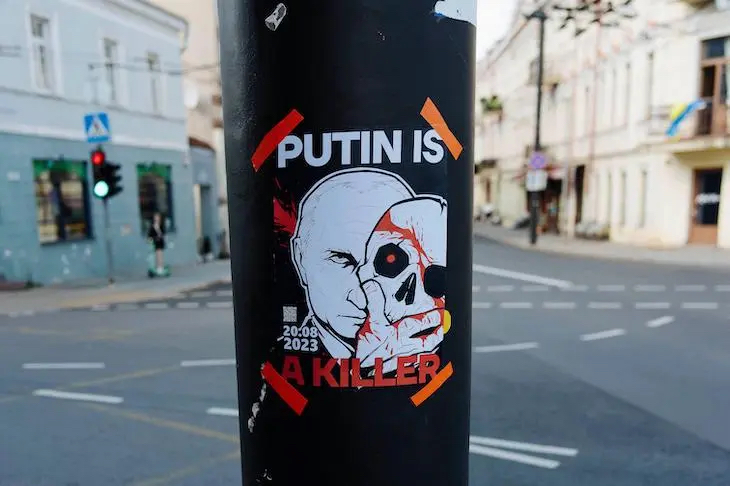







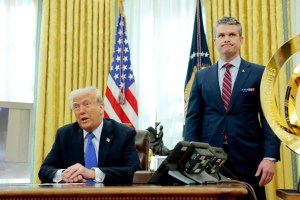



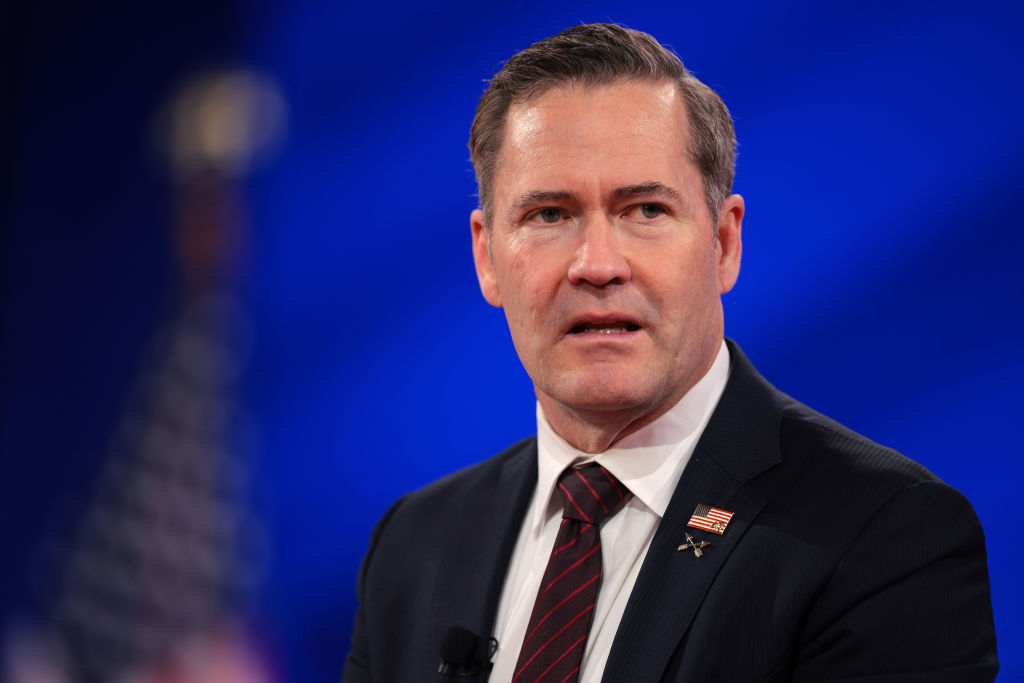
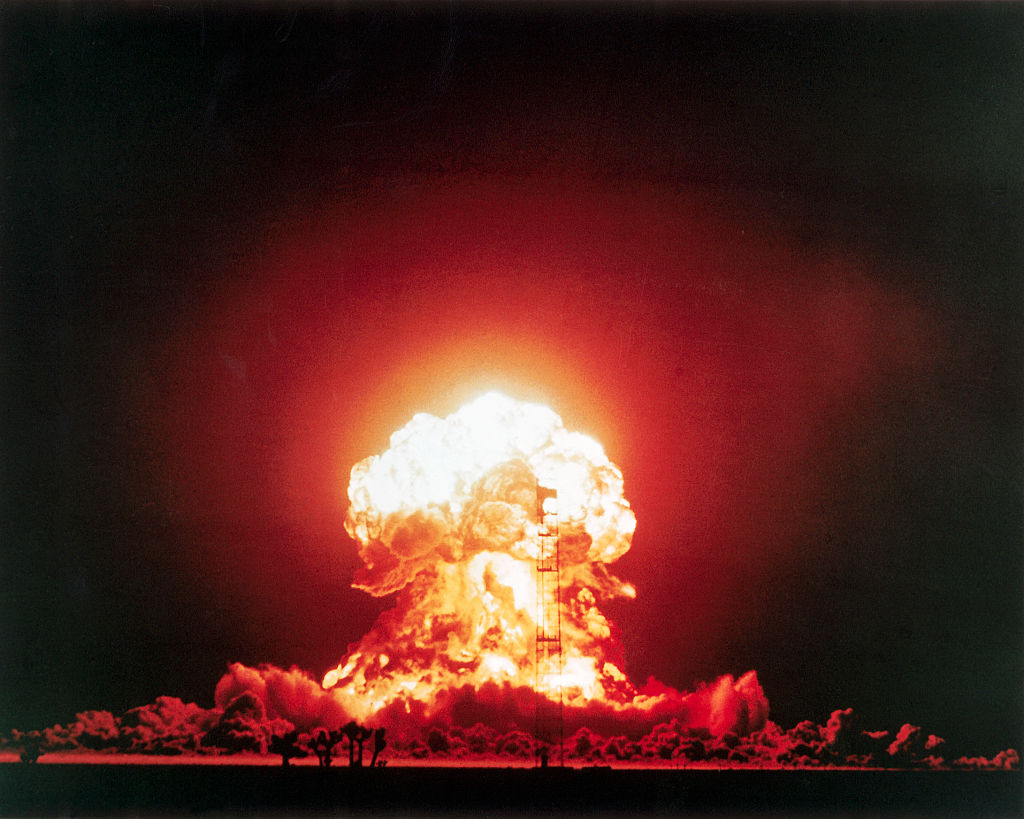
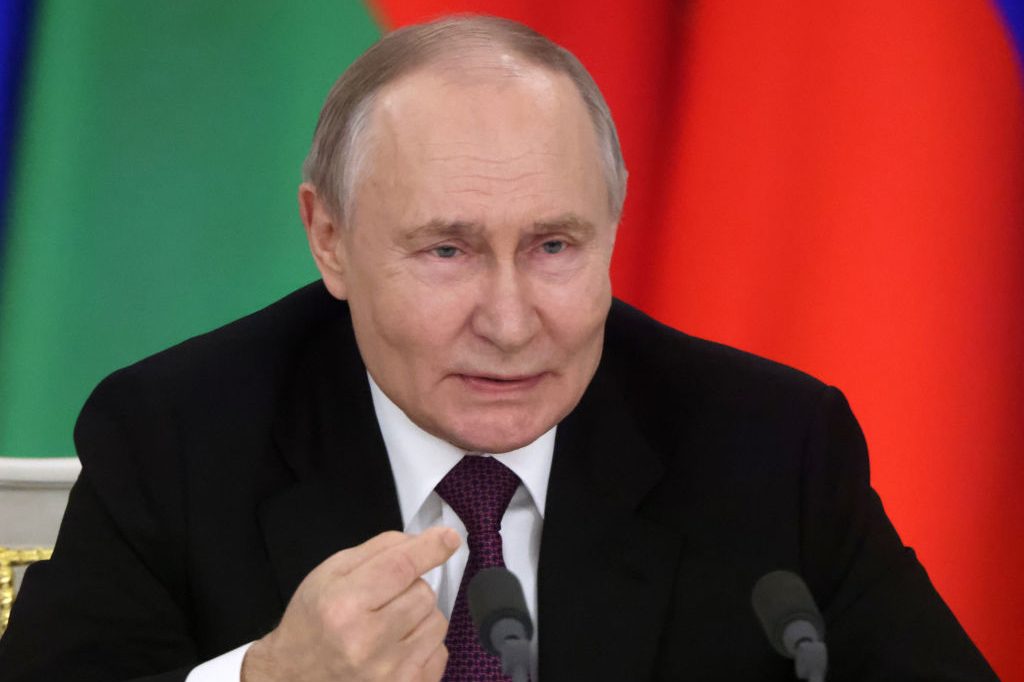
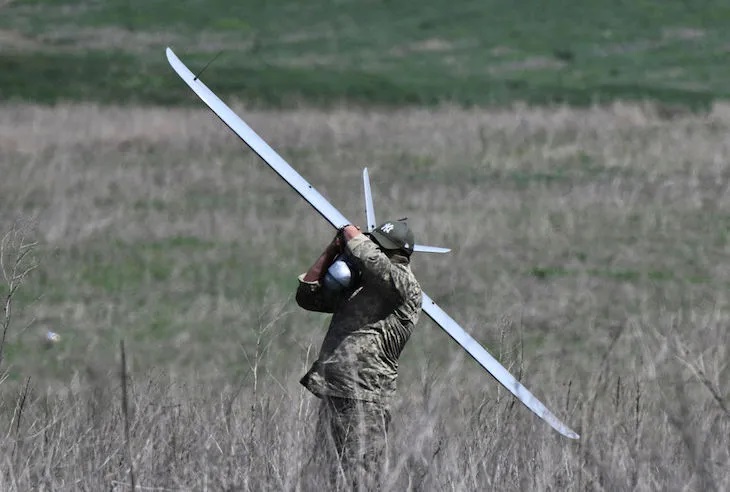







Leave a Reply